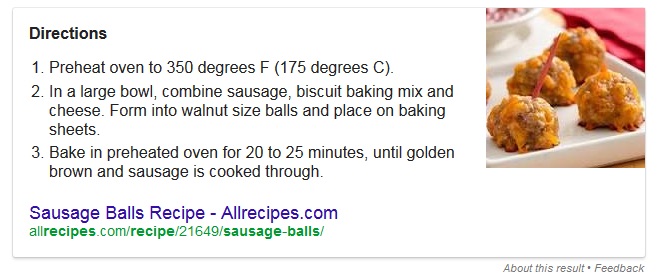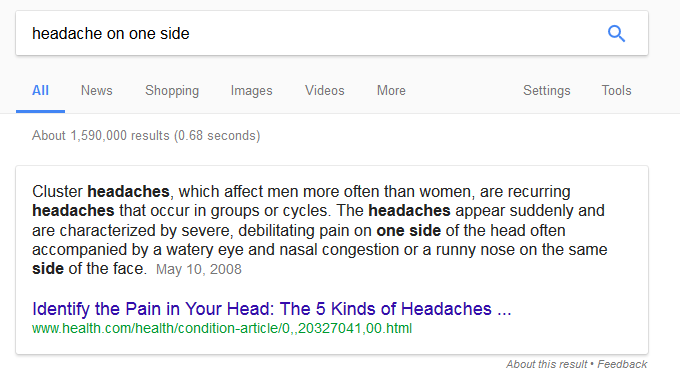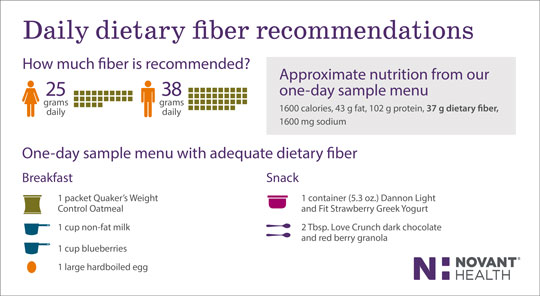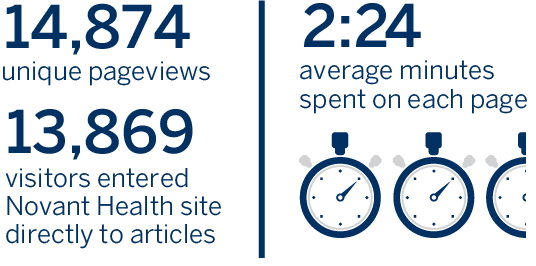When Google launched its Knowledge Graph back in 2012, it was hailed by users and marketers alike as a breakthrough in search. Instead of sifting through page after page of results, you could instead get the detailed information you needed – and by extension, everything else you might want to know about the topic – direct in the search engine results pages.
Take a look at this example:
Searching for “Rushmore” (without quotes), one might immediately think of the national monument featuring the faces of prominent U.S. presidents. But Google’s Knowledge Graph delivered much more than that:
Not only does it tell you about the movie by the same name, it also gives you a plot synopsis, ratings from well-known and trusted movie review sites, when it’s playing in your local time zone (and on what channels), reviews from critics, and links where you can watch it online or through subscription on-demand services.
You can also see the cast, other films by the same director, and so on. Not once did I have to click on IMDB or Rotten Tomatoes to learn more.

But it’s not just movies that can be found through the Knowledge Graph. You can find complete recipes (with photos):

As well as celebrity biographies, maps to local places and much more. All of these results can be found and instantly delivered to you without ever leaving Google. Just recently, Google even announced that it is now adding medical symptoms to the graph, in partnership with doctors and health professionals. Is there a doctor in the house?

Of course, searches like this are a boon for the search engine. It gets more people to spend time on its site, while gathering relevant data on user searches. As it becomes more aware of nuances in the way we search, explore and discover, it fine tunes its algorithms to continue learning and improving.
Good news for them. Bad news for the rest of us.
What This Means for Content Marketers
Even if you don’t run a recipe site, movie review hub or celebrity shrine, as a content marketer, you’re still affected by the Knowledge Graph results. Even last year, concerns were being raised over the drop-off of traffic to Wikipedia thanks to Google’s Knowledge Graph beating them to the punch when it came to providing general information.
For content marketers, this means that potentially a large chunk of your targeted traffic isn’t even reaching your pages, because they got what they needed directly from Google itself. For these people, it may seem like Google is jerking the proverbial content rug out from under you. It tries to relieve the situation by putting your link below the result, but in the recipe example above, why should I go to the AllRecipes site when the entire recipe is right there? Why visit IMDB to learn more about a particular film when I can see everything I need to know about it right in the sidebar?
In other words, why go anywhere but Google?
Because Google (And Users) Still Need Us.
How to Adapt in a Knowledge Graph-Powered World
At the moment, Google Knowledge Graph is more like a toaster oven than a Terminator. There’s a lot it can do, but also a lot it can’t do.
One thing is for certain — you can’t hope that the Knowledge Graph is going away, or that it won’t affect you. Eventually it will, and it’s only going to get smarter. So there are now two ways you can approach this:
1. Adjust your content marketing strategy to encourage the Knowledge Graph to pick up your specific tidbits of information. Depending on what your topic or industry is and your level of authority in that industry, you could have a decent shot at getting noticed. However, keep in mind that you’ll be competing against scores of already-recognized sites like Wikipedia for generalized subjects.
If you have enough specific information on a topic to go deeper than Wikipedia and the like, make sure that you format your content using Schema.org so that Google’s Knowledge Graph can easily index it.
The other method of approaching this is the one I’d recommend, and that is:
2. Adjust your content marketing strategy so that the Knowledge Graph can’t hope to compete with you on specificity and thoroughness. Let’s face it, computers are great at some things and abysmal at others. One of the things they can’t (yet) hope to compete with us on is specificity. Keep in mind, it’s not a contest to see who can be the most detailed, but rather to go beyond the basics. Look at this example. If you search Google for information about your daily recommended fiber intake, you’ll get this:

Not bad, but I still have some questions. For example, is there a difference between intake for men and women? What are some foods I could eat that would be high in fiber? What about snacks?
Novant Health capitalized on this idea to create “brand journalism”, and repurposed their marketing content to be more focused on specifics, like this:

Now, this image wouldn’t show up on the Knowledge Graph, but it does give just enough details to satisfy most of the questions I have, in an easily visual-digestible format. And the results of orienting their content to a more journalistic-style has paid off in a big way – gaining them numbers like these within the first four months after their launch:

That’s pretty impressive for a company in an industry being targeted by the Knowledge Graph, without blowing up your screen with huge infographics. According to the article about Novant from the company behind this new content marketing strategy, this type of content marketing also opened up new social media and sponsored content marketing options for the company.
Of course, this strategy is by no means the only way to beat Google’s Knowledge Graph at its own game, but you’ll want to consider the areas where your content and marketing skills are vastly superior to an algorithm, and then pounce on it!
So the truth is, Google is not out to get content marketers or sabotage their initiatives. It is, however, out to make you improve what you do offer, and give users and customers alike a bit more in terms of answering their un-asked questions. The more value you can provide, the more helpful you can be, the less you have to worry about an all-out Knowledge Graph takeover.
What Are Your Thoughts on Knowledge Graph’s Results?
Do you think the Knowledge Graph is usurping the clicks from content marketers, or is it helping them to broaden their content offerings? Has your site been personally affected by Knowledge Graph results? How has it affected your strategy? Share your thoughts and comments with us below!
About the Author: Sherice Jacob helps business owners improve website design and increase conversions through content marketing and SEO copywriting. Get your free printable conversion checklist and web copy tune-up at iElectrify.com or follow @sherice on Twitter.
source https://blog.kissmetrics.com/knowledge-graph-damaging/

No comments:
Post a Comment